Jun 13, 2016 | By Nadia Sheikh
Relapse Triggers: What’s Really Going On?
Mental Health Recovery Relapse Prevention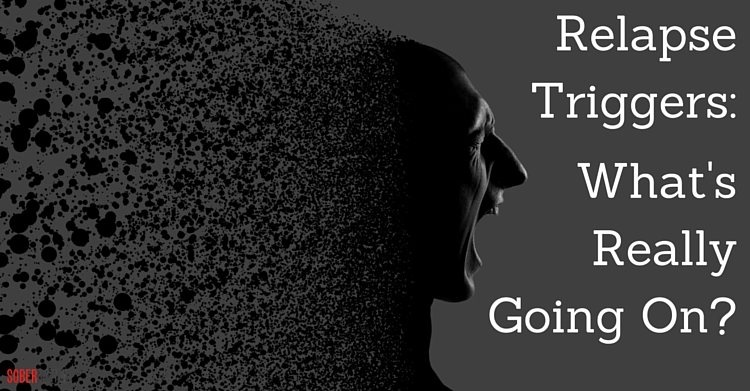
In recovery, we hear so much about relapse prevention and triggers because we all want to protect our sobriety. At first, I thought my triggers were things like electronic music and laser light shows seeping out of clubs, my old college town, my old friends, soda straws that I used to cut up and use for snorting, the sad memory of dropping out of grad school, movies like Pulp Fiction, Kanye West’s music.
Triggers are ominous and frightening because they seem to pervade all aspects of our lives. Especially when we are new in recovery, just starting to build a new life in sobriety, so much of our old life and memories revolve around our substance abuse.
The Heart of a Trigger
I’ve started to understand that each of my specific, personal triggers is rooted in an emotion. I am excited by electronic music and laser lights. I am uncomfortable and anxious when I talk to my old friends. I am embarrassed that I had to drop out of grad school. When these strong emotions come up for me, I either want to make the feeling go away, or give myself a new feeling.
That’s where drugs used to work for me—I thought they could change how I felt. That change was always only temporary. We will never eliminate our emotions, but we can pay attention to our emotional triggers. With awareness comes power, because no trigger requires me to pick up a drug.
The Biology of Emotion
In our brains, we each have a structure called the amygdala. This piece of our brain identifies threats to our well-being and sends out an alarm when we’re in danger. If your hand touches a hot stove, you jerk it away immediately. When a lion growls in the bushes, you bolt away as fast as you can. The amygdala is perfectly aligned with our survival instincts—it causes us to react before our prefrontal cortex can make a judgment call about how reasonable our reaction is, or isn’t.
What does this mean? When we experience an emotion, our brains are literally wired in a way that causes us to react before we can consider the consequences of our actions. As addicts and alcoholics, we know this phenomenon too well. There were many times when I got worked up—angry, anxious, or even excited—and my first reaction was to reach for a drug.
Even though our amygdala reacts first with an emotional response, our prefrontal cortex is still functional even if it reacts a bit more slowly. The prefrontal cortex is responsible for our thoughts and judgments, and it helps to keep our emotions in proportion. If we are able to slow down, recognize our emotion, and give our brain time to catch up with our immediate reaction, we have some hope of managing our impulses.
Sometimes when I’m overwhelmed by a feeling, I don’t act quite like myself. Here are some of the alternate personalities that show up when I’m drunk with emotion.
The Hulk: Angry

When I get angry, my Hulk-self tends to think that breaking things and hitting walls and getting high will help. Why? “If we get high we can chill out,” or, “If we get high we can plot our revenge,” or, “If we get high we can forget.”
The Basket Case: Anxious and Afraid
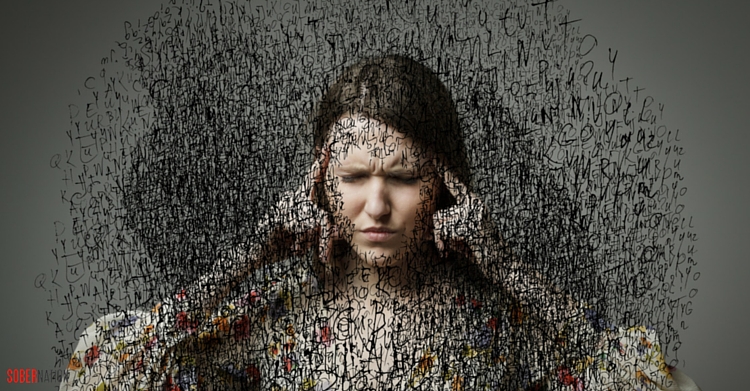
I can get pretty worked up over a job interview, being home with my family for the holidays, or something as simple as talking on the phone with an old friend. So my brain tells me, “This would be a whole lot easier if we were high, we could handle this much better.”
The Bed Wetter: Ashamed and Embarrassed
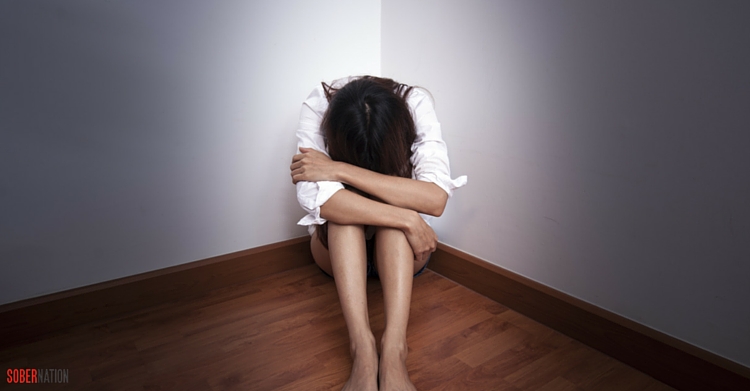
Whether it’s thinking about dropping out of grad school, that time I peed my pants in the ninth grade, or I’m in a current crisis with my fly unzipped in front of the boss—I don’t like to feel it. My cheeks flush, face gets hot, hands turn sweaty, and I want to wriggle out of that discomfort. “Let’s just get wrecked and forget about it.”
The Wall-Watcher: Bored
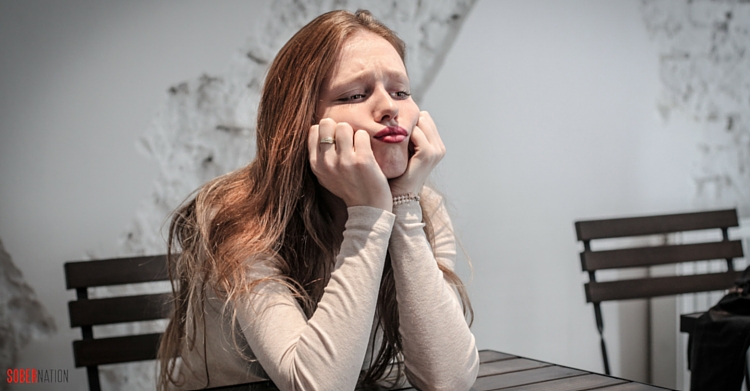
The sneakiest of all of my triggers, boredom can creep up at anytime. That empty space, the white noise in my day, has always needed to be filled. I start to get squirrelly and I’ll want to spice up my life, repeating mantras like, “Turn down for what?”
The Sloth: Sick and Tired

Feeling sick and tired aren’t quite emotional states, but they are feelings that I always tried to remedy with substances. I could find a drug to get me up if I was tired, or a drug to knock me out when I felt like crap. My brain would tell me, “We deserve to feel good.”
The Life of the Party: Excited
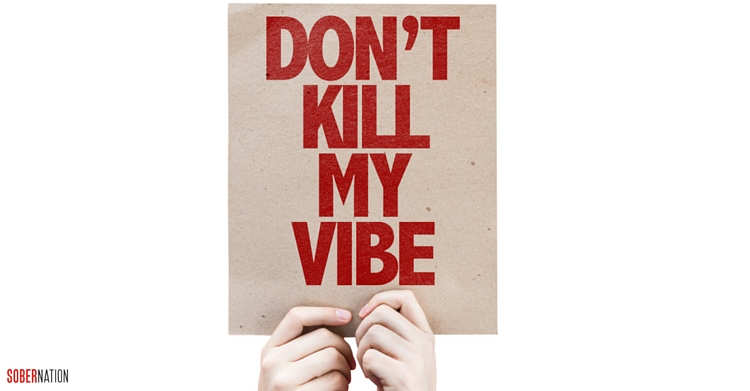
You’d think that when things are going well, we wouldn’t have a reason to “self-medicate.” But I can always find a good reason for a celebration. It’s Labor Day. It’s Morgan Freeman’s birthday. It’s almost Friday. When I was excited and happy, it was the perfect time to party. I mean, “This is what healthy people do—they celebrate!”
The Cynic: Self-Pitiful
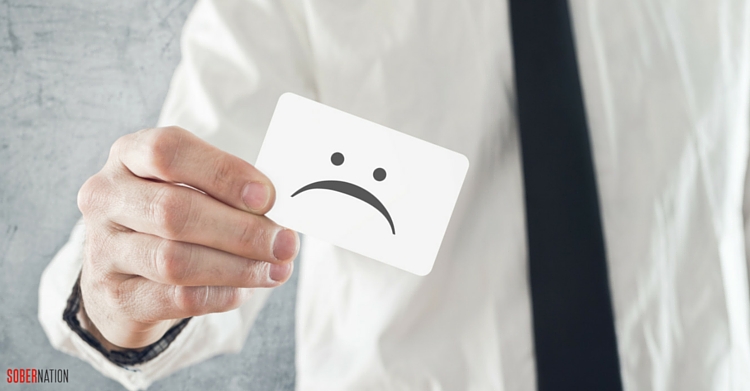
Probably the most dangerous of my personas is the cynical, self-pitiful version of me. A bunch of, “Nothing matters,” and a whole lot of “What’s the point?” This is a mask we can wear to harden ourselves to life, to take a bleak outlook on our situation and justify our own self-destruction. Underlying that cynicism can actually be self-pity—feeling sorry for ourselves, feeling like I don’t matter.
So, What Do I Do?
Notice a theme here? I used to think drugs would cure any of my feelings. Yet, many drugs make an emotional state more difficult by amplifying it, while the others bury the feeling deeper down inside of you and cause it to fester. Impulsively reaching for a drug to make me feel “better” often made things much worse.
Feelings are a part of life and being human. Every feeling is temporary. Every emotion will pass. It might feel like a life sentence, but it isn’t. Instead of acting on our brains’ emotional impulses to get high, we need to intervene:
Breathe
Taking a moment to breathe gives the logical part of your brain time to catch up with your emotions. It may frustrate you when someone tells you to “just breathe,” but it can help regulate our emotions. A joint study conducted in Canada found that emotions may be caused, at least in part, by the way we breathe.
Researchers studied participants’ breath patterns as they corresponded to specific emotions, and they found: when we’re sad we tend to sigh, when we’re angry we breathe rapidly, when we’re afraid our breathing is shallow, and sometimes we hold our breath without realizing that’s what we’re doing. But, when we’re happy and joyful, we tend to “breathe and exhale slowly and deeply through the nose; your breathing is very regular and your ribcage relaxed.”
Deep breathing has been used as a coping mechanism for dealing with anxiety, stress, and just daily life. Turns out, according to this study, deep, slow breathing into the belly is strong medicine for anxiety, fear and anger. If we become aware of how we breathe as we go through our day, we can practice more calming breathing to help us in our emotional moments.
Self-Talk and Identify the Feeling
When we are kind with ourselves in our self-talk, whether it’s out loud or in our heads, we have the ability to calm ourselves down. Research from the University of Michigan even shows that using the word “I” when talking to yourself can stress you out more, but calling yourself by your own name can make you more loving and accepting towards yourself.
Volunteers in the study had to prepare for a speech—one group had to talk to themselves using “I,” while the other group called themselves “you” or their own names. The people who used “I” generally had panicked mental monologues: “What do I talk about? How can I do this? I can’t do this!” The people who used their own names, on the other hand, were more likely to give themselves support and advice: “Jane, you can do this! You got this!”
The people who used their own names were also more rational and less emotional. The lead researcher of the study, Ethan Kross, says,” It’s almost like you are duping yourself into thinking about you as though you were another person.” We gain the ability to reason with ourselves, and then soothe our emotional state.
A UCLA neuroscientist, Alex Korb, has even conducted experiments that show how the brain changes when we slow down and acknowledge our emotions. In an fMRI study, participants viewed pictures of people with emotional facial expressions and their amygdala activated to the emotions in the picture. Yet, when a participant named the emotion, it reduced the amygdala’s reactivity and lessened the impact of the emotion the participant both physically and mentally. If we just take a moment to label what we feel, we can better control our impulses.
Divert Your Energy
Emotions are made of energy, and we do need to release them. There are so many things you can do to divert an emotion or a craving. Go for a walk or a run. Turn on some music and belt out the song or do a dance. Pull out your coloring book and crayons, some plain paper and finger-paints, or just a notebook and a pen. Get centered with a meditation session. Wash the dishes. Once we calm down, understand our feeling, and channel our energies elsewhere, we can move on.
When we try to use drugs to drown out some of our emotions, we end up numbing ourselves to our entire range of feelings. We are humans and we are meant to feel! Just let it out, let them be. Every feeling is temporary.
Reed Kloc
8 years ago
Great article!
DJ
8 years ago
I know you wrote this article to target the addiction/recovery audience, but this is good advice for everyone. Thank you.
Recent Articles
Warning Signs of a Drug Relapse: Spot Them Early
How to Quit Cocaine: Overcoming Addiction & Withdrawal Symptoms
Non 12 Step Fellowships for Flexible Recovery
What are 12-Step Programs? Explore Their Principles and Impact?
What is Relapse? Understanding Recovery’s Twists and Turns?
Question About Treatment
Get Confidential help 24/7
(866) 207-7436Who Answers